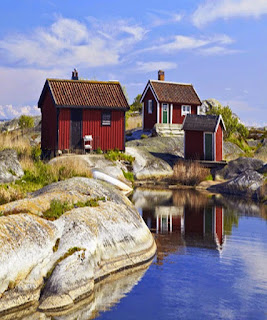Skardu Fort or Kharpocho (Balti: کھر فچو) means The king of Forts is a fort in Skardu city in Gilgit-Baltistan region of Pakistan administered Kashmir. Australian mountaineer and film maker Greg Child writes that the fort is "perched above the junction of the rivers" and overlooks the Rock of Skardu.
History
The fort was originally the residence of the Rajas of Skardu who find their descent from a fakir. The fort was built by the king Ali Sher in the end of the sixteenth century.[2] General Zorawar Singh of the Dogra Rajput clan working under Maharaja Gulab Singh realized the importance of the fort's location in the town and so he occupied the fort. It was part of his many military campaigns to annex the areas of Baltistan to the princely state of Jammu and Kashmir.[3] The fort was razed to the ground in 1857 under the guidance of Ranbir Singh.[4] Mughal emperor Aurangzeb also tried to occupy the fort, which went in vain.[5]
During the First Indo-Pakistani War, Pakistani platoon were deployed inside the fort for protecting the local people.[6] Also during the war the Gilgit Scouts seiged the fort to force a garrison stationed at the fort to enter and participate in the war.[7] On 11 February 1948, Indian forces battled with the Skardu garrison of the fort. After a six hour long battle between the two the attackers retreated. They again came on 14th February directing "harassing fire into the fort".[8]
American mountaineers Robert Bates and Charles Houston writes that they were "lavishly entertained" as they visited the fort.
- 07:22
- 0 Comments





















































